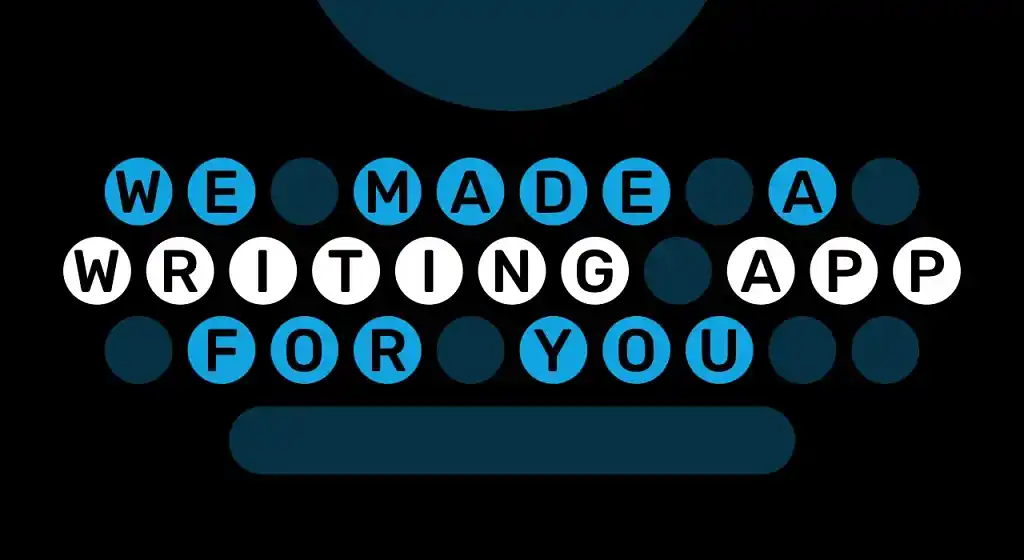Prefatory Verse
O reader, who hath waited half a score
Of years to hear me cull classics once more:
My deepest, most sincere apologies!
Take as amends this work of prosody
Before once more resumes the monthly cull
Which saves you from the dreary and the dull;
Which saves you from the boring and banal;
Which saves you from having to read at all!
I am returned after a dark decade
To judge those so-called “best books ever made,”
Those Grapes of Wrath and Catchers in the Rye,
Those horror tomes that make one want to die,
I once again take it upon myself
To read those works sat longest on the shelf.
Holy Hell, that was more exhausting than jousting a windmill. After a decade away, “Culling the Classics” is back, and for some insane reason I decided to kick things off with El ingenioso hidalgo don Quixote de la Mancha, or Don Quixote, as it’s known in English.
Insanity and prefatory verses abound in DQ, so a nice little poem to open the proceedings seemed like a good idea. Hopefully you’re still reading; if not, you never stood a chance at getting through this timeless wonder in the first place.
The Book
Don Quixote de la Mancha, by Miguel de Cervantes Saavedra (Francisco de Robles, 1605 [Part One] / 1615 [Part Two])
The Numbers
The new record-holder for the oldest classic culled; generally considered the first novel in the modern sense, and one of the foundational works of the Western canon; one of the most-translated books of all time, and almost certainly one of the best-selling; the inspiration behind countless films, plays, operas, cartoons, and songs, as well as at least one character in One Piece; the source of way more words, phrases, and references than most people probably realize; one of the most meta stories ever conceived; Goodreads rating of 3.90.
The Spoiler-Free Skinny
“In a village of La Mancha, the name of which I have no desire to call to mind, there lived not long since one of those gentlemen that keep a lance in the lance-rack, an old buckler, a lean hack, and a greyhound for coursing.”
So (eventually) begins the story of Alonso Quijano, or “Don Quixote” as he chose to be known: a man whose love of reading drove him insane.
Don Quixote is a Spanish nobleman obsessed with stories of chivalry. He’s read absolutely every book about knights errant and angry giants and damsels in distress that he can get his hands on, and now he’s ready to try on the mantel of a wandering crusader for himself. He dons a rusty suit of armor, designates a local peasant girl as the object of his desire and devotion, and hires the poor farmer Sancho Panza to be his squire. 17th-century hilarity ensues.
You’ll Love It
Dude goes crazy, imagines he’s a knight. He is very much not a knight. Do you need more than that?
You do? Oh, okay. Well, one of the big surprises of this book is how funny it is. I didn’t realize until I started reading that the entire thing is one massive satirical criticism of the whole chivalric genre.
In one scene, Don Quixote’s friends are going through his library and deciding which books to save and which to burn in an attempt to cure him of his delusions. Cervantes takes this opportunity to make clear his opinions on each book, throwing as much shade as possible in the process.
In another chapter, Don Quixote prepares a miraculous healing tonic that is neither miraculous nor healing. The result would give the food poisoning scene from Bridesmaids a run for its money, as poor Sancho Panza is left writhing in pain, spewing horrors from every orifice.
There are priests dressed as princesses and maids masquerading as shepherds and stories within stories within stories. Cervantes pretty much killed chivalry with one slapstick swing of Don Quixote’s rusty sword and birthed modern literature in the process.
You’ll Loathe It
Oooooooo it’s a long one — over 1,000 pages. It can also really drag on in places. One of the book’s strengths is how many tangents and side quests the characters embark upon, but each of these quests comes with loads of new characters, and each of these characters come with their own detailed backstories, and each of these backstories come with more characters and more tangents. Nothing is ever straightforward in Don Quixote.
Much of this is intentional, of course. Cervantes was making fun of an entire genre, and he wanted to cover all elements of that genre. For the reader of the early 1600s, familiar with references to Amadis of Gaul and Orlando and Mambrino, there’s a lot to discover in the details of each scene. Don Quixote’s battle with a caravan of traveling friars would have been hilarious and contemporary. For the reader of today, it can feel like simply one more ludicrous scene added to the pile.
The payoffs are always great, but the paths to get there are dense and winding.
Read It Or Leave It?
The entire concept of the novel as we think of it today comes from this book. Don Quixote is a work in conversation with other works and in conversation with the reader. In other words, it’s extremely meta.
Cervantes treats his protagonist like a real historical character, going so far as to invent historians and translators involved in bringing his deeds to the public. As narrator, he breaks the fourth wall, references countless other works and authors, and creates a layered story that acts as a critique of a variety of different areas of 17th-century Spanish life and culture. Then Part Two comes along a decade later, and things really get trippy.
Don Quixote became so popular after its publication in 1605 that it inspired at least one unauthorized sequel. Infuriated by this liberty taken, as well as the direct insults made against him in the fake sequel’s prologue, Cervantes responded with his own sequel.
Don Quixote, Part Two is somehow even more meta than the original. Don Quixote has become famous throughout the land for his insane life of knight errantry, and people have begun sending him out on invented quests for their own amusement.
If that weren’t enough, conversations are had among the characters regarding which stories about him are true and which are spurious, with some characters not believing that he is the real Don Quixote at all when they meet him. To add even more layers of lunacy, Don Quixote winds up visiting a printing-house where copies of the fake sequel are being made and meeting characters from that book.
The Final Verdict
I’m going to be very honest with you here, folks. I did not actually finish Don Quixote. I got very far, much further than I expected, but it’s a looooooong book. The audiobook is close to 40 hours. Despite my best efforts, I abandoned my quest, disappointing my squire, patron king, and lady love.*
But! But! I truly loved the experience. I couldn’t believe how modern it felt. So much of good writing, but especially good humorous writing, revolves around smart references that the audience will understand. Centuries removed from these references, it’s nearly impossible for today’s readers to appreciate all of the details that made a work like Don Quixote so popular when it was first published.
There’s so much to find within it, though, that it really doesn’t matter if the reader doesn’t understand it all. You don’t need to live in 17th-century Barcelona to laugh at a guy who wears a metal bowl on his head because he thinks it’s a mythical helmet.
*I have none of these things, but neither did Don Quixote.
Which brings us to the real question here, the reason you read past that silly (read: spectacular) sonnet: is it worth your time?
The short answer is yes.
The long answer is that it’s worth giving Don Quixote a chance, even if you have no plans to read the entire thing. It expanded my view of what a book written 400 years ago could be — which makes sense, because 400 years ago it expanded everyone’s idea of what a book could be.
More importantly, it reminded me something that I’m always forgetting, that those who lived in the past are not really all that different from those who live today. Across time, culture, and continents, we all can appreciate a book that’s intelligent, silly, and has a ton of fart jokes. Honestly, what more does a person need from a book?

About the author
Brian McGackin is the author of BROETRY (Quirk Books, 2011). He has a BA from Emerson College in Something Completely Unrelated To His Life Right Now, and a Masters in Poetry from USC. He enjoys Guinness, comic books, and Bruce Willis movies.







